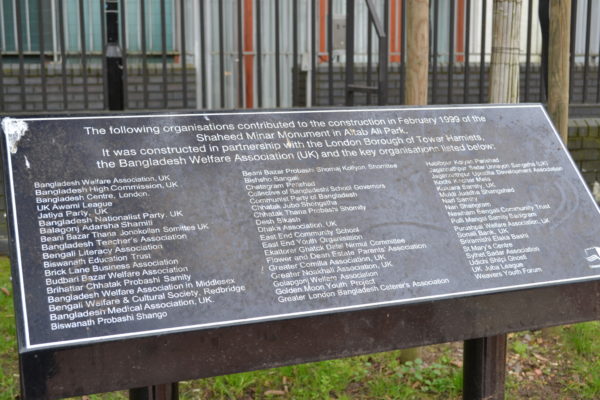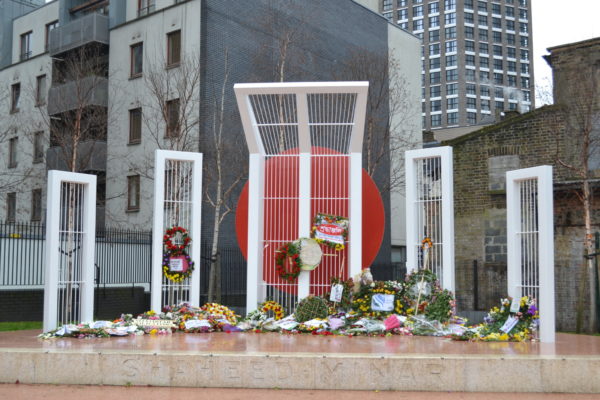
Bengali Language Movement Day occurred on 21 February, as part of UNESCO- sponsored Mother Tongue Day.
The Indian Express describes International Mother Language Day as a day that has been observed every year since February 2000 to promote linguistic and cultural diversity and multilingualism, and that is something that has resonated in some childhood memories of holidays to Bangladesh.
My grandparents are from Sylhet and speak a different dialect of Bengali as well as shuddo basha, which is classical Bengali. In my paternal grandparent’s village complex, there is a Hindu village just across the small pond and thinking back to these holidays, I always remember the kindness of a Hindu woman in the neighbouring village who would always make us bangles. It certainly helps me to appreciate the stories and experiences I have heard about from family members and from books and legacies.
My grandmother, who lived through Partition and the liberation war, told me “We’re Bengali, it doesn’t matter if they are Hindu and we are Muslim…” It didn’t matter if you were a Mukherjee or a Battacharya or a Begum or an Ali, you were a Bengali person and this was the language that was saved by the sacrifice of so many.
The day commemorates the beginning of the long liberation battle and remembers the students of Dhaka university who were silenced in their fight for the recognition of Bangla as the national language in 1952. This stemmed from partition, when East Bengal was designated East Pakistan, and West Pakistan had declared Urdu to be the official language. Some names from the shootings – Salaam, Barkat, Rafique and Jabbar – will always be remembered in years to come.
According to britannica.com, Bengali linguists Suniti Kumar Chatterji and Sukumar Sen suggested that the language had its origin in the tenth century, and was partially derived from ancient Indian languages. Now that to me, is the incredibly rich beginning of thousands of years of culture, in a region strong enough to be the fighting force behind Indian independence.
This week’s seventeenth annual commemoration was particularly special to me, especially now that I had spent time delving into the cultural, religious and ethnic history of Bengal, prior to and post colonisation. The Bengali language is something that has been the battle ground for everything Bengal stands for, from rich, classical poetry to the war itself which was fought to ensure the freedom and legacy of the region. Language Day has been celebrated in Bangladesh and West Bengal over the last 65 years and serves as a national holiday.
The Shaheed Minar (Martyr’s memorial) in Dhaka has resonances here in East London, with our very own monument standing in Altab Ali park, Whitechapel. I took a visit to the park to visit the memorial, which was erected in 1999 after the racist killing of Altab Ali, a Bangladeshi man who had just moved to East London. Walking into the park, I crossed the patchy grass and immediately, my eyes were drawn to the colours of the fresh flowers and wreaths that had been placed on the memorial, alongside signs and papers adorned with the Bengali language, paying tribute to the students in Dhaka and to Altab Ali himself.




